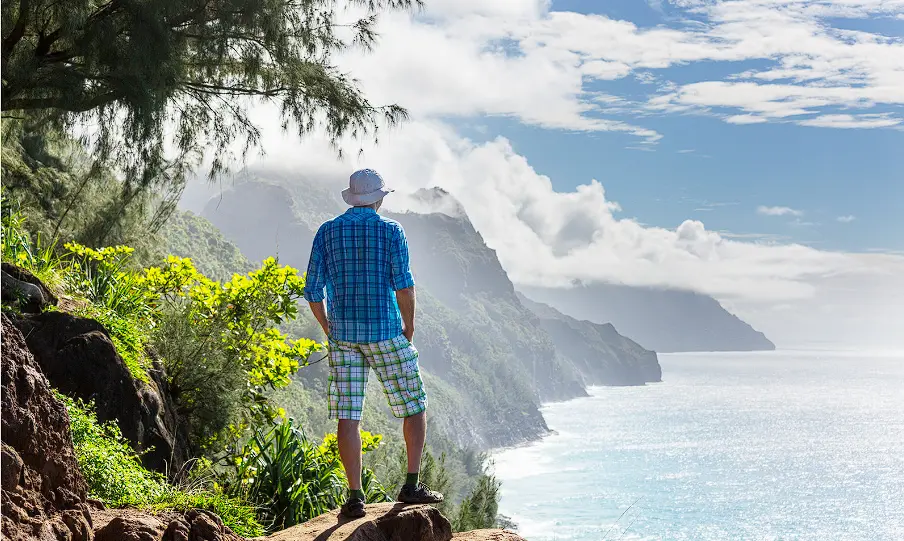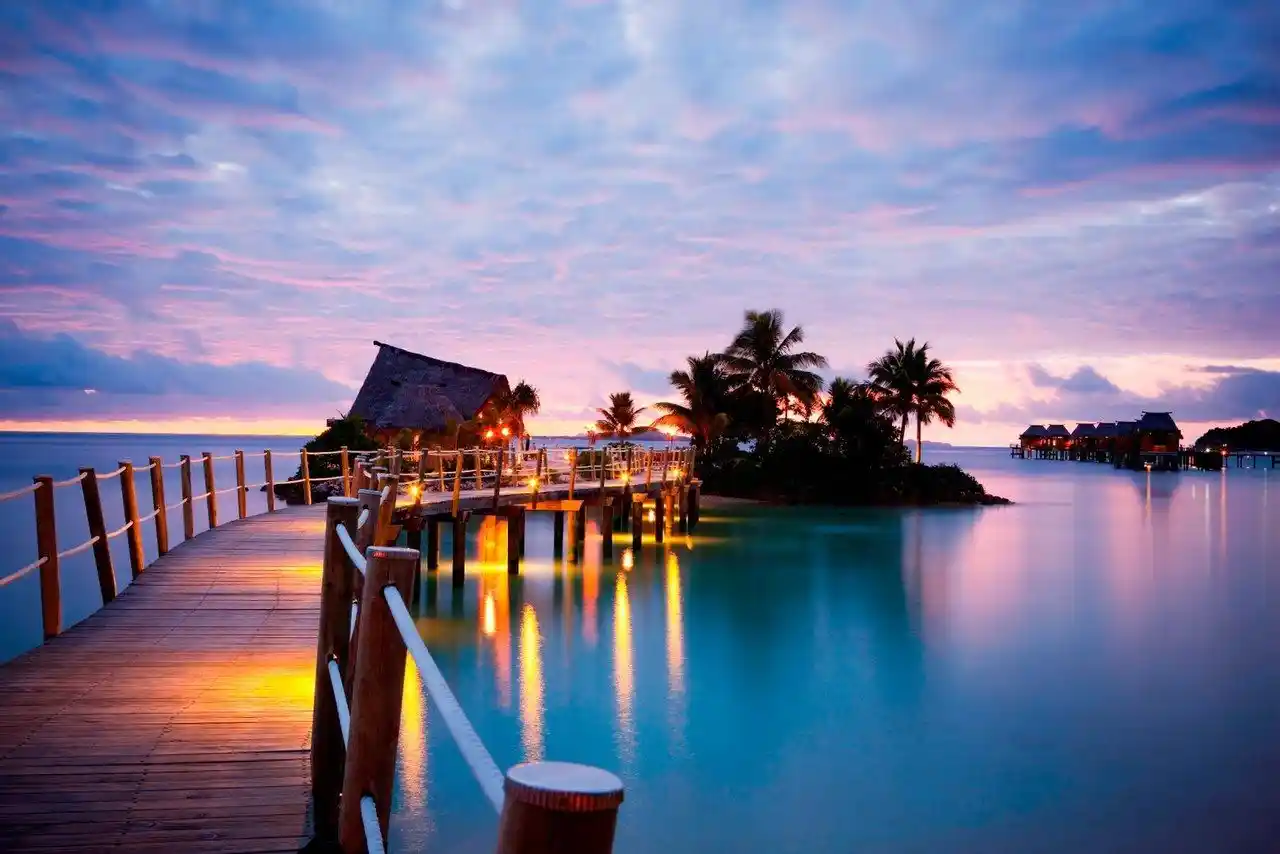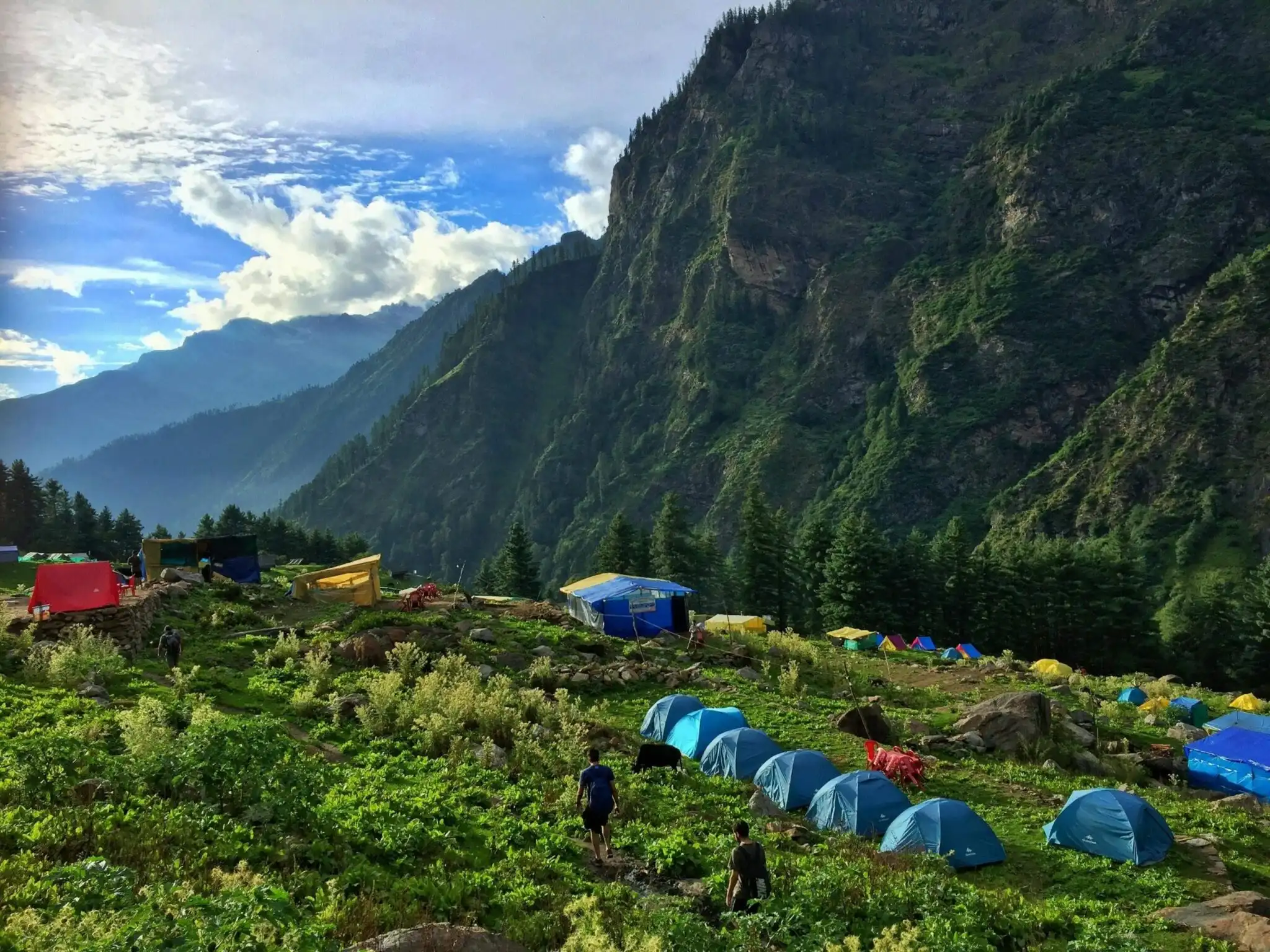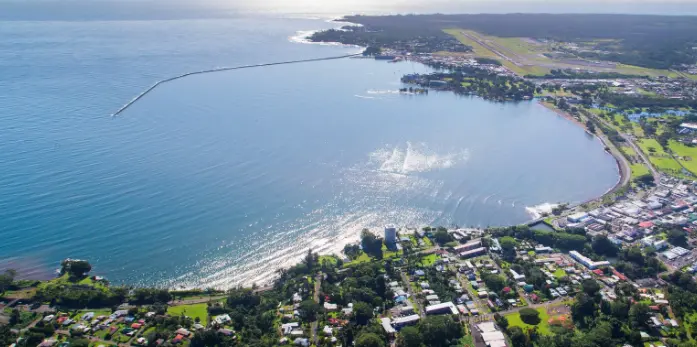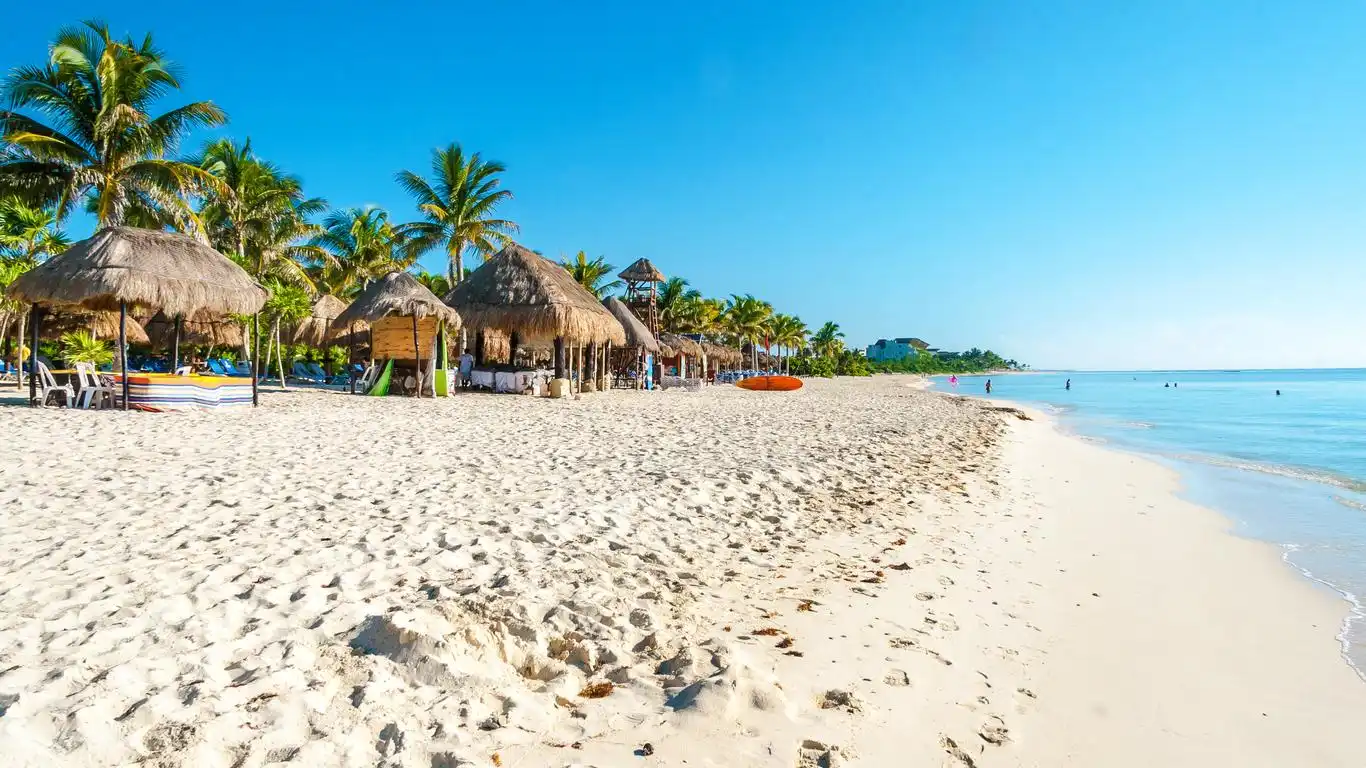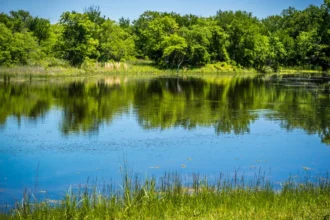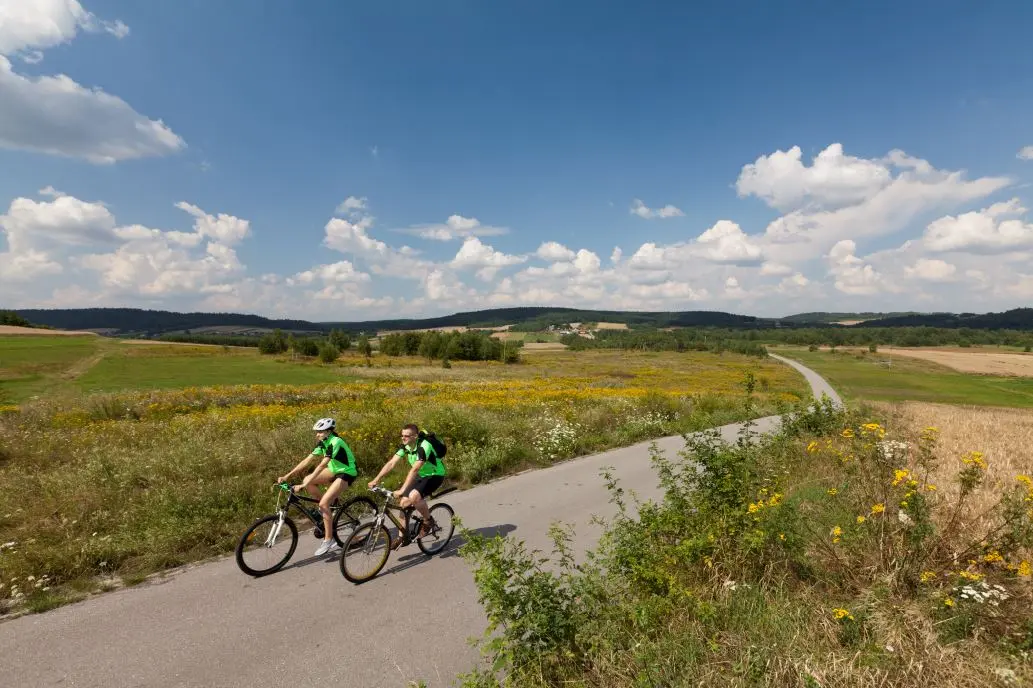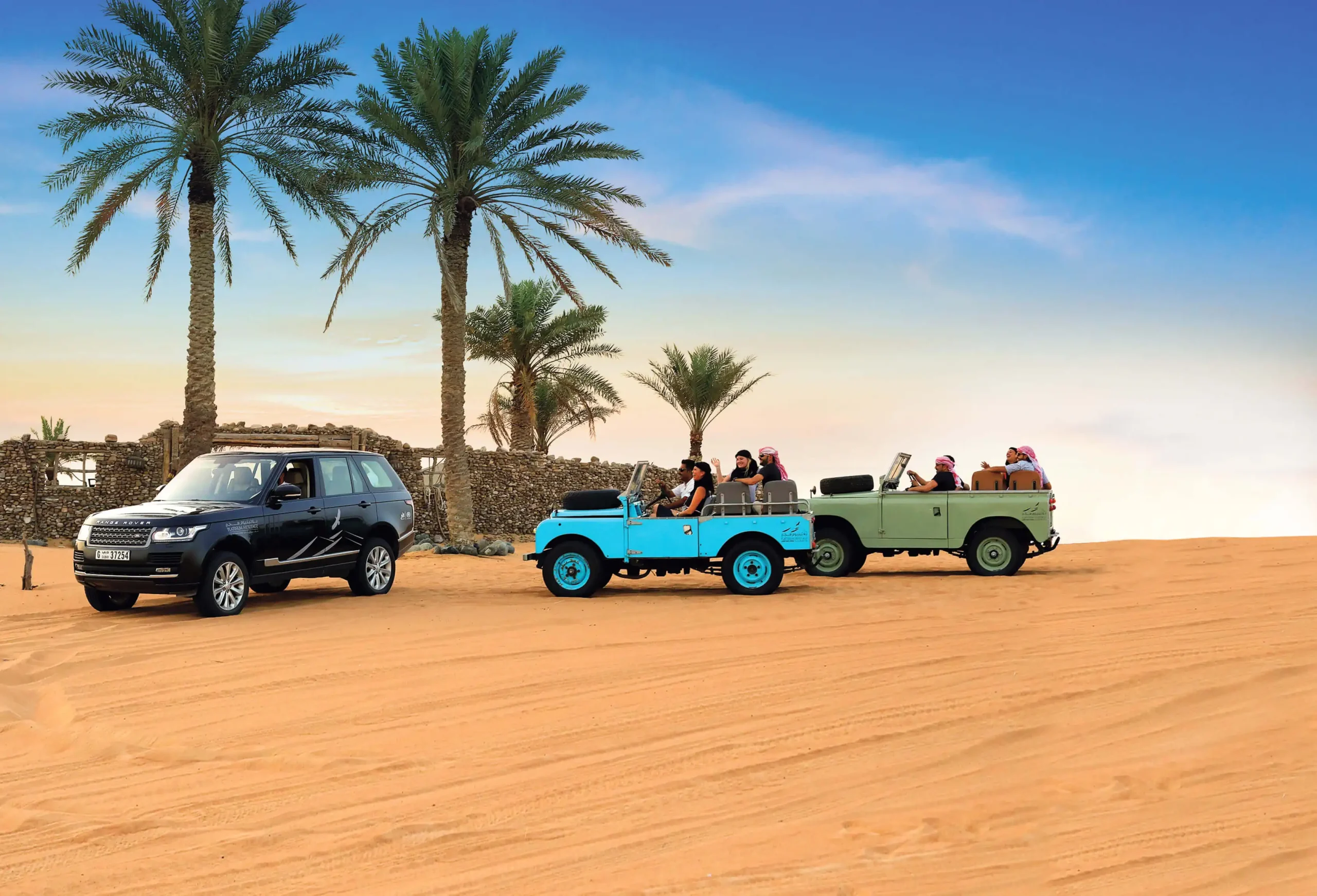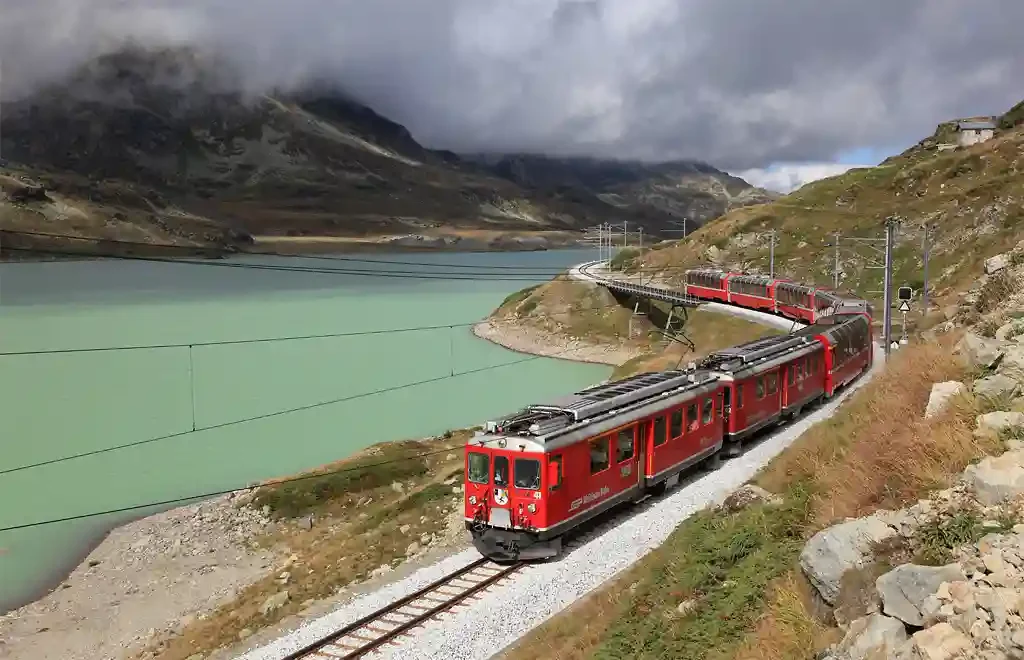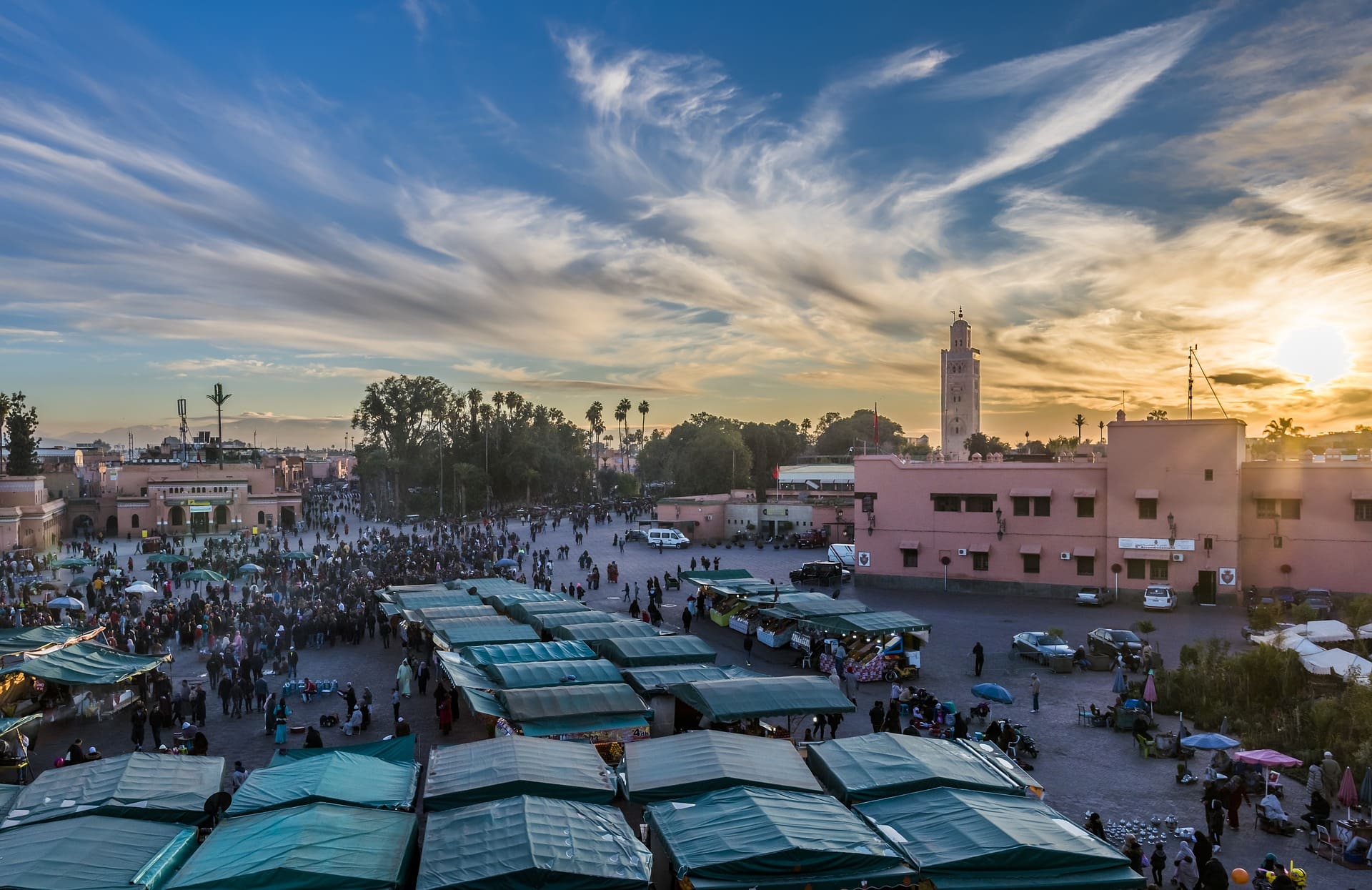Hiking is one of the most fulfilling outdoor activities, offering not only a chance to explore new terrains but also the opportunity to immerse oneself in nature’s raw beauty. Whether you’re seeking serenity amidst towering peaks or craving the adrenaline rush of a challenging summit, there’s a perfect trail for every type of hiker. The trails featured in this article represent some of the best hiking experiences on the planet — each with its unique landscapes, geological wonders, and unforgettable views.
From the rugged mountains of Japan to the scenic coastlines of Italy, hiking offers an escape into untouched natural environments. It’s not just about the physical act of walking through these places; it’s about connecting with the earth, witnessing the world from new heights, and breathing in fresh, mountain air. The trails that will be discussed here allow hikers to experience these emotions firsthand, showcasing the diversity of terrain and natural beauty found across the globe.
Whether you’re a seasoned adventurer or a beginner looking for your next challenge, hiking is an activity that offers endless rewards. It’s also a journey that provides a sense of accomplishment and perspective, offering travelers a break from the fast-paced, modern world. In this guide, we’ll explore seven of the world’s most iconic and awe-inspiring day hikes, trails that offer some of the most spectacular landscapes you’ll ever encounter.
Hiking 101: Everything You Need to Know Before Hitting the Trails

Before embarking on the best day hikes in the world, it’s essential to understand the basics of hiking. Preparation is key for a safe and enjoyable adventure. Here’s an overview to help you get ready for your journey:
Different Types of Hiking
Hiking comes in several forms, each offering different challenges and experiences:
- Day Hiking: These hikes are short and can typically be completed within a day, ranging from easy strolls to more demanding treks.
- Backpacking: Unlike day hiking, this involves extended journeys and camping along the trail.
- Mountain Hiking: This requires navigating higher altitudes and more difficult terrain, often in remote locations.
- Trail Running: For those looking for an extra challenge, this involves running along trails, requiring agility and endurance.
Best Time of Year for Hiking
- Spring and Summer (April to September): This is the most popular time for hiking, with warmer temperatures and extended daylight hours, ideal for long hikes.
- Fall (September to November): Offers cooler temperatures and stunning autumn foliage, especially in North America and Europe.
- Winter (December to February): Suitable for experienced hikers, as it involves snow-covered trails and the use of specialized equipment.
Top Belt Holster for Safely Storing Cellphones on Hikes

Carrying a cellphone on a hike is essential for safety, but storing it securely is just as important. A good belt holster should offer water resistance, a snug fit, and easy access. Look for holsters that are designed for rugged outdoor use, protecting your phone from drops and the elements while ensuring you have it on hand for emergencies.
5 Qualities of an Epic Hiking Trail

What makes a hiking trail stand out from the rest? Here are five key qualities that elevate a trail to “epic” status:
- Scenic Views: A great trail offers panoramic vistas that captivate the hiker’s senses. It could be sweeping mountain vistas, coastal cliffs, or expansive valleys.
- Diverse Terrain: Epic trails change in landscape as you hike. From dense forests to rocky ridgelines, diversity in terrain makes for a more engaging hike.
- Accessibility: While challenging, the best hikes remain accessible to a wide range of hikers, ensuring that all skill levels can enjoy the trail.
- Wildlife: Trails offering glimpses of local wildlife, whether it’s a bird of prey or a majestic elk, can enhance the hiking experience.
- Cultural Significance: Some trails offer a deep cultural or historical element, such as ancient ruins or sites of historical importance, making the journey even more enriching.
7 Must-See Landscapes for Avid Hikers

For those seeking to explore the world through hiking, the following seven trails are not to be missed. These hikes offer everything from challenging ascents to jaw-dropping natural wonders, making them some of the most epic day hikes on Earth. They are more than just a physical challenge; they offer an unforgettable adventure that will stay with you long after you’ve returned home. Each of these hikes offers something unique — whether it’s incredible scenery, historical significance, or rare wildlife. Here’s a closer look at seven of the most extraordinary trails for avid hikers to explore.
1. Mt. Fuji, Japan: An Iconic Climb to the Top
At 3,776 meters (12,389 feet), Mt. Fuji is Japan’s tallest mountain and a revered symbol of the country’s culture and natural beauty. Known for its symmetry and prominence, this active stratovolcano offers one of the most iconic climbs in the world. The hike up Mt. Fuji, which is relatively moderate in difficulty compared to other high-altitude climbs, takes you through several distinct zones, each with its own beauty and challenges. Starting in lush forests, the trail gradually ascends to alpine meadows before reaching the volcanic rocks near the summit.
A typical ascent takes around 6 to 8 hours, and hikers can choose from several trails, with the Yoshida Trail being the most popular. The route offers stunning views of Lake Kawaguchi and the surrounding countryside. One of the highlights of this hike is the Goraiko, the sunrise view from the summit. The sight of the sun rising over Japan’s countryside from Mt. Fuji’s peak is a spiritual experience and a perfect reward after hours of climbing. Due to its accessibility and stunning beauty, this hike remains a must-do for any serious hiker visiting Japan.
2. GR 20, Corsica: A Strenuous Trail with Stunning Scenery

The GR 20 is a renowned long-distance trail that spans Corsica, one of the most rugged and beautiful islands in the Mediterranean. Often cited as one of the most difficult hikes in Europe, this 180-kilometer (112-mile) trail traverses the island’s stunning mountain range, offering views of dramatic cliffs, alpine meadows, and jagged peaks. The trail is split into 15 sections, typically taking around 15 days to complete. However, experienced hikers can attempt to complete it in a shorter time.
The GR 20 offers diverse landscapes, from steep rocky ascents to peaceful valleys dotted with traditional Corsican villages. While the trail’s difficulty is significant, especially in high-altitude sections, it is richly rewarding. As you navigate rugged paths, you’ll be treated to panoramic vistas of the Mediterranean coast, dense pine forests, and cascading waterfalls. The Vizzavona Forest and Monte Cinto, the highest peak in Corsica, offer some of the most awe-inspiring views. The GR 20 is not for the faint of heart, but it is an epic adventure for those looking to test their endurance.
3. Inca Trail, Peru: A Historic Trek to Machu Picchu

The Inca Trail is one of the most famous hikes in the world, offering a perfect blend of stunning natural beauty and rich history. The trail stretches approximately 43 kilometers (27 miles) through the Andean mountains of Peru, leading to the awe-inspiring ancient ruins of Machu Picchu, a UNESCO World Heritage site. The Inca Trail is particularly special because it’s not just about hiking; it’s about stepping back in time. Along the way, hikers encounter ancient Inca ruins, sacred temples, and terraced agricultural sites that have withstood the test of time.
Hiking the Inca Trail requires navigating steep inclines, high-altitude terrain, and unpredictable weather. While challenging, the sense of achievement upon reaching the Inti Punku (Sun Gate) and gazing upon the magnificent Machu Picchu is unparalleled. The trek takes about four days, and it is a spiritual journey that offers insights into the Inca Empire’s history and culture. The combination of stunning mountain views, lush jungles, and historical landmarks make the Inca Trail an unforgettable adventure.
4. Cinque Terre, Italy: Coastal Beauty on the Ligurian Sea

The Cinque Terre is a series of five picturesque villages along the Italian Riviera that form the Cinque Terre National Park. The Sentiero Azzurro (Blue Trail) connects these villages, offering a coastal hike that’s as beautiful as it is accessible. The trail spans 12 kilometers (7.5 miles) from the town of Monterosso al Mare to Riomaggiore, passing through steep cliffs, terraced vineyards, and colorful, cliffside villages.
Although relatively short and not extremely difficult, the Cinque Terre Trail offers spectacular views of the Ligurian Sea and the rugged coastline. The landscape changes from rocky outcrops to quiet beaches and fragrant lemon groves, offering a rich sensory experience. The path also passes through vineyards that produce the region’s famous wine, making it a delightful experience for both nature lovers and food enthusiasts. The charming villages of Vernazza and Manarola, with their narrow streets and vibrant homes, add an extra layer of allure to this coastal adventure. This trail provides an idyllic combination of culture, history, and stunning scenery.
5. Trolltunga, Norway: A Dramatic Cliff-Hanging Adventure

Located in Norway’s Hardangerfjord region, Trolltunga is a famous cliff formation that juts out 700 meters (2,300 feet) above the Ringedalsvatnet Lake. This hike is one of the most dramatic and visually striking in the world. The 27-kilometer (16.7 miles) round-trip trail is physically demanding, with steep ascents, rocky paths, and variable weather conditions, but the reward is well worth the effort.
The hike to Trolltunga offers sweeping views of the fjords, mountains, and surrounding valleys, with unique alpine flora and wildlife. The final destination, the Trolltunga rock, is an adrenaline-pumping spot where hikers can take photos or simply marvel at the breathtaking view. Standing on the edge of the cliff offers a sense of exhilaration and awe, as you gaze out over the dramatic Norwegian landscape. The best time to hike Trolltunga is in the summer months, when the trail is most accessible, though even then, hikers should be prepared for challenging conditions.
6. Isle of Skye, Scotland: Rugged Highlands and Coastal Beauty

The Isle of Skye, located off the western coast of Scotland, is known for its rugged terrain, mystical landscapes, and ancient history. The island is a hiker’s paradise, offering everything from easy walks to more demanding climbs. The Old Man of Storr, a towering rock formation, is one of the island’s most iconic landmarks. The hike to the Old Man takes about 1.5 to 2 hours, but the views of the surrounding landscapes are worth every step.
For those seeking a more challenging experience, the Cuillin Ridge offers one of the most technically demanding hikes in the UK, with sharp ridgelines and steep ascents. The island is also home to the enchanting Fairy Pools, crystal-clear waters that cascade down from the mountains, creating a serene and magical atmosphere. Whether you’re hiking through the Quiraing or enjoying a coastal walk along the cliffs, the Isle of Skye’s wild beauty will leave you mesmerized.
7. Laugavegur Trail, Iceland: A Geothermal Wonderland

Iceland’s Laugavegur Trail is a unique hike that takes you through some of the world’s most geologically active landscapes. Spanning 55 kilometers (34 miles), this trail runs from Landmannalaugar to Þórsmörk, offering a diverse array of scenery, including volcanic craters, glacial rivers, and hot springs. The terrain ranges from black deserts and moss-covered lava fields to lush green valleys, providing hikers with an otherworldly experience.
Along the way, hikers can enjoy the sight of geothermal hot springs, waterfalls, and rugged mountains. The trail’s highlight is the Landmannalaugar, a geothermal area known for its vibrant colors and natural hot springs. The Laugavegur Trail offers an adventure that combines the raw beauty of Iceland’s volcanic landscapes with the calming presence of its geothermal features, creating a truly unique hiking experience.
Conclusion: An Adventure Awaits
The best day hikes in the world offer more than just physical challenges—they provide an opportunity to connect with nature on a deeper level. From the towering heights of Mt. Fuji to the rugged beauty of Trolltunga, each of these trails presents a unique adventure, filled with unforgettable moments. Whether you’re in search of cultural exploration, geological wonders, or simply the thrill of reaching a summit, these hikes will leave you with memories that last a lifetime.
So, grab your hiking boots, pack your gear, and get ready for an adventure of a lifetime. The trails are waiting, and paradise is just a hike away.

